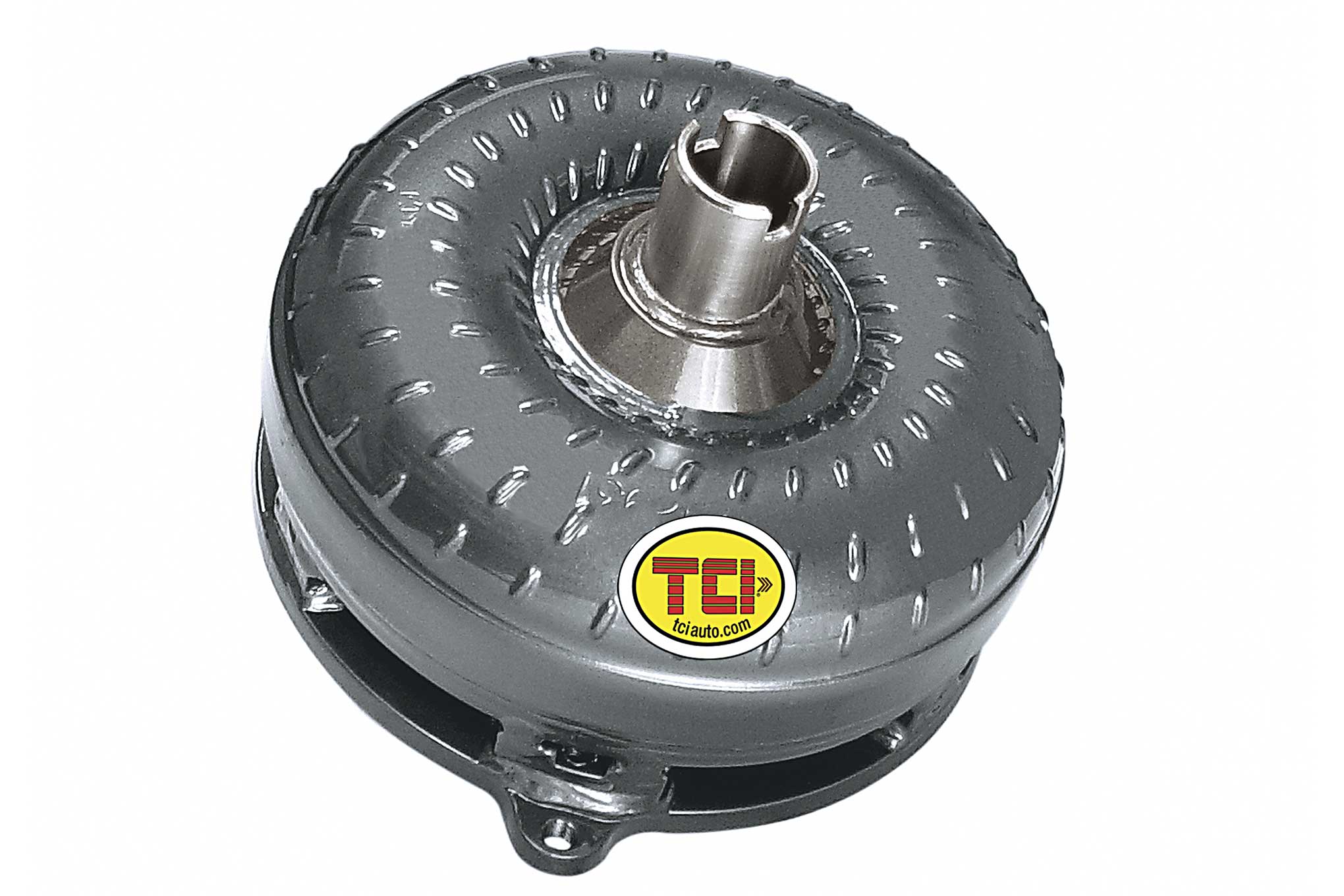When one dives into the realm of automotive performance, the torque converter often emerges as a pivotal component of automatic transmissions. Many enthusiasts find themselves captivated by its enigmatic workings, especially in the context of stall converters. But what exactly does a stall converter do, and why does it elicit such intrigue among car aficionados?
At its most basic, a torque converter serves as a bridge between the engine and the transmission, allowing for fluid movement of power. However, the introduction of stall converters, which are tailored for specific performance applications, raises questions about the nuances of their operation. This variation is not merely a function of optimizing performance; it’s about understanding the driving experience itself.
So, what defines a stall converter? Essentially, it is designed to allow higher engine speeds before it fully engages. This characteristic can significantly alter how a vehicle responds during acceleration. The idea is to hold back the torque until a predetermined engine RPM, often referred to as the stall speed, is reached. Upon reaching this threshold, the converter “locks-up,” delivering the engine’s power more effectively to the transmission and, ultimately, to the wheels.
What leads a driver to seek out a stall converter? Primarily, it stems from the desire to enhance performance in specific driving scenarios. For drag racers and enthusiasts aiming for track superiority, achieving optimal acceleration is paramount. Herein lies the allure of a stall converter; by raising the stall speed, a driver can remain in the ideal power band of the engine for a longer duration, thus maximizing thrust as the vehicle launches forward.
However, the implications of selecting a stall converter go beyond mere numbers on a spec sheet—it’s about understanding the harmony between engine output and drivetrain dynamics. Each engine has its own power band; understanding when that power is most available can drastically affect how a vehicle performs under load. For example, a stall converter that engages at too high an RPM may lead to a lack of power during initial launch, while one that engages too low may hinder acceleration and throttle response.
Moreover, the art of selecting a stall converter is steeped in balancing personal driving style with vehicle capability. Off-road enthusiasts, for example, might favor a stall converter that allows for greater low-end torque, facilitating smoother power delivery in challenging terrains. Conversely, those focused on street performance might desire a higher stall speed that complements spirited driving. This customization extends the conversation around how torque converters can be finely tuned to meet diverse performance expectations.
A significant factor contributing to the fascination with stall converters is the effectiveness with which they can be customized. Many aftermarket manufacturers produce stall converters that cater to various setups, allowing for a wide array of performance gains. This variability creates an ongoing dialogue within automotive communities regarding optimal configurations. The conversation can take on a life of its own, as enthusiasts share insights, experiences, and modifications that yield tangible results on the asphalt.
Yet, while the advantages are numerous, one must also consider the potential downsides of utilizing a stall converter. Increased stall speeds can lead to diminished fuel efficiency during everyday driving. The disparity in performance can be particularly noticeable during light throttle applications, where a traditional converter would typically engage more smoothly. Thus, the aesthetic appeal of stall converters often comes with a trade-off, which emphasizes the need for a measured approach when it comes to modifications.
Durability is another aspect to consider. A stall converter doesn’t merely serve as an accessory; it must be robust enough to withstand the rigors of increased power and torque produced by performance engines. Enthusiasts commonly share tales of broken components resulting from excessive strain, thus illustrating the necessity for knowledgeable selection to ensure compatibility with the vehicle’s overall design.
From a technical perspective, further understanding the internals of stall converters unveils a more complex relationship involving turbine and stator design. Geometry plays a crucial role here, as it can dictate how torque is multiplied during various engine speeds. This performance curve, rather than being a matter of predetermined limits, is greatly affected by the physical design of the converter itself, enhancing the intricate dance between engineering precision and driver response.
Amid this sea of technical exploration, the emotional connection drivers have with their vehicles cannot be overstated. Enthusiasts relish the thrill of selection, installation, and tuning—culminating in a bespoke driving experience that embodies a personal signature. The depth of commitment to achieving transcendent performance speaks to a broader trend. In an age of mass production, the curated relationship with one’s vehicle, fortified by a stall converter, invites a sense of individuality rarely found in off-the-shelf models.
In summation, the allure of stall converters lies at the intersection of performance, customization, and the emotional journey of automotive culture. Understanding what they do—and the intricate details involved—opens up a vibrant dialogue about optimization, personal preference, and the unique experience of driving. With each installation, discussions around power bands, and torque transfer propel enthusiasts into a world of engineering artistry, making the quest for the perfect stall converter not just about speed but about celebrating the intricacies of motion. Whether on the drag strip or cruising the streets, the fascination is palpable, igniting a passion that drives generations of automotive innovation forward.
